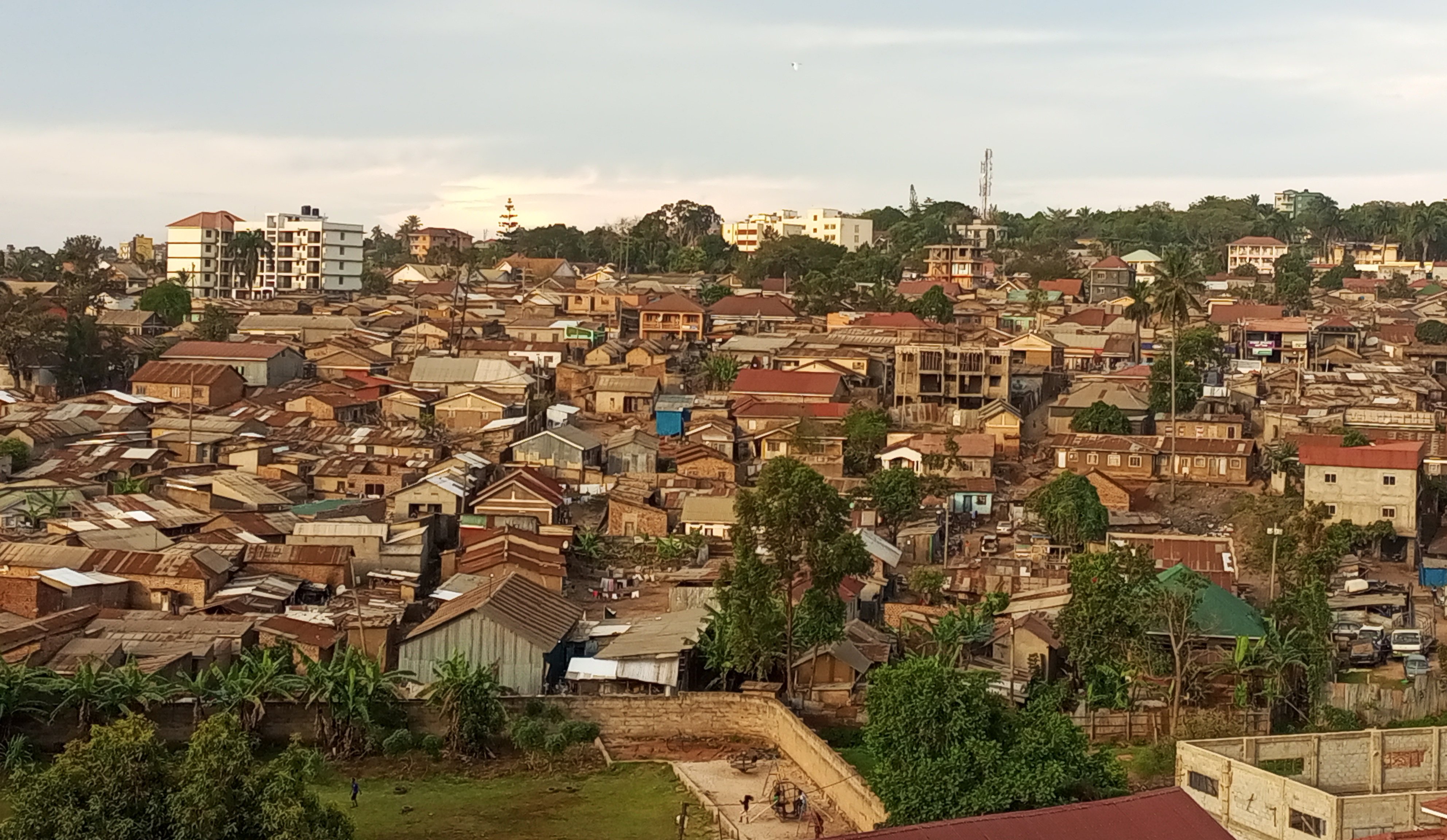Prime
Things to consider when building in a remote area

Building in a remote place gives the homeowner great views, privacy and fresh air, however all these come at a cost. PHOTO/TONY MUSHOBOROZI
What you need to know:
- Sites that are challenging because of their small size, odd shape, or steep slope, can require more creative building design to achieve a comfortable, attractive, energy-efficient home.
Building a home in a remote location comes with many benefits including privacy, beautiful views and nature. And because you have no neighbours to interfere with your plans, you have the freedom to build the kind of home that aids positive environmental and social benefits.
All these benefits, however come with challenges such as accessibility, buildability, connection to amenities such as power, water and waste removal. Planning for these issues in advance helps you put into perspective the journey ahead and define the additional costs and time investment involved required. Here are some other things to think about before that initial groundbreaking.
Choosing the right spot
Where you choose to build your home will affect your design and budget. Your site’s existing features such as landscape, views, vegetation and even solar orientation will determine where you site your home. Some areas may have interesting features worth preserving while others might be too costly to attempt building on them.
Accessibility
Your site’s accessibility has a major impact on your budget because you will need to consider how materials, supplies and labour will get to the building site.
This is why planning ahead for the transportation of people, materials, equipment and supplies should be done properly. Remote settings also pose challenges in finding skilled workers so you will need to transport the skilled labour for the duration of the construction process. Construction often involves trucks, tractors, cranes, delivery trucks and concrete mixing trucks. Does your site allow for these? If not, how will you adjust the construction means and methods to deal with it?
Environmental safety
A construction site produces so much waste which would need to be disposed of safely. Figuring out waste disposal should be an important early decision since it has specific size and location constraints and can also require a significant amount of money. If you cannot find ways to take advantage of the existing local sewage system the obvious option is building your own system.
For instance, one of the most difficult and most important disposal system for every home is septic system. Septic systems not only take up space, they also require a specific soil makeup to be effective, which may require a specific site location or require costly alternative systems. Once you know the type of system you will have, you can plan and allocate space accordingly so that you can minimise environmental degradation.
Similarly, identify trees that should be protected because trees take a long time to grow, so it is a good idea to retain them rather than starting again, if possible. Identify rare or endangered plant and animal species associated with the site. Your local field naturalist society will be able to help.
Design
The design will go a long way in making it easier to construct your dream home. Experts recommend paying extra attention to the foundation design. For homes in remote settings, a full basement, crawlspace, or a slab on grade foundations can be costly and unpractical.
Excavation and access for big concrete mixing trucks may be near impossible. Another important design element is how your home can make the most of its surroundings.
Simple floor plans, conventional building typologies and methods help. As does using standard building materials.
There are various strategies for dealing with challenging sites, such as designing a small building footprint for small sites, reorienting living rooms for odd-shaped sites, and building above or into steep slopes.
Sites that are challenging because of their small size, odd shape, or steep slope, can require more creative building design to achieve a comfortable, attractive, energy-efficient home. Consider getting expert design and building advice.
Minimise the use of excavation and fill to save energy, preserve natural drainage patterns and prevent soil erosion. Excessive excavation can damage the ecological integrity of the site and disturb groundwater zones.
Maintenance
Enjoying your home and being immersed in the natural setting is the reason you wanted to build this home to begin with. The last thing you want to do is deal with the upkeep and maintenance. Choose durable materials to withstand the harsh environment.
Cedar, for example, is naturally rot-resistant. When left unfinished it weathers to a nice gray colour. Replacement costs can be expensive, especially when you live out in the middle of nowhere.
Choosing products that have a long lifespan will be important. And if you have a complicated systems you struggle to find someone who can fix them when they break down, so simplify your systems as much as possible.
Materials and labour
Utilising local resources to build your home is generally the most cost-effective.
But finding local resources is sometimes difficult so you may have to resort to transporting materials and labour long distances which increases costs, not to mention delays in the construction schedule.
One strategy is to limit the use of no-conventional materials. Stick to standard off-the-shelf materials and easy to source materials.




